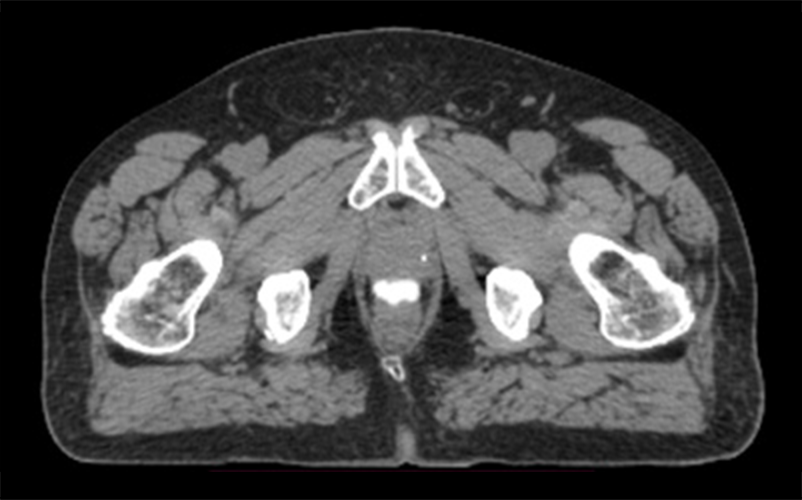Questions on clinical outcomes
SpaceOAR Hydrogel Systems are absorbable PEG-based hydrogel spacers clinically shown to help minimize the impact on urinary, sexual and bowel quality of life for patients undergoing radiation therapy.1-3
SpaceOAR Hydrogel Systems are FDA cleared and intended to temporarily position the anterior rectal wall away from the prostate during radiotherapy for prostate cancer. In creating this space, it is the intent of SpaceOAR Hydrogel Systems to reduce the radiation dose delivered to the anterior rectum. The SpaceOAR Hydrogel Systems are composed of a biodegradable material and maintain space for the prostate radiotherapy treatment and are absorbed by the patient’s body in approximately 6 months.
Perirectal spacers have also been recommended as a pre-treatment option within the NCCN Clinical Practice Guidelines in Oncology (NCCN Guidelines®).*
SpaceOAR Vue Hydrogel is the next-generation hydrogel that is designed to offer similar clinical benefits that SpaceOAR Hydrogel provides.4


